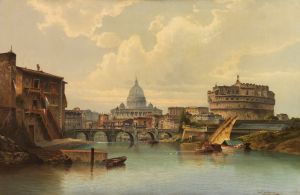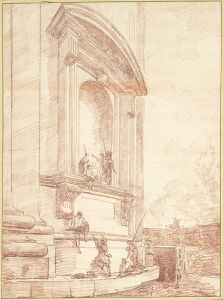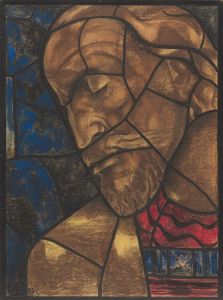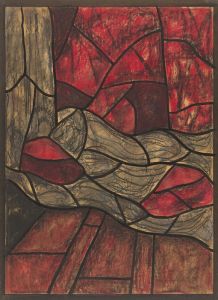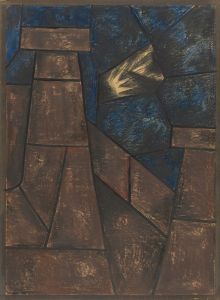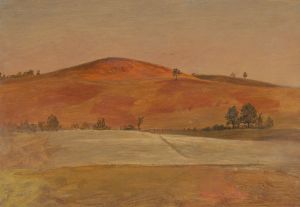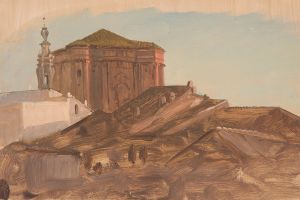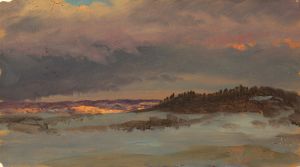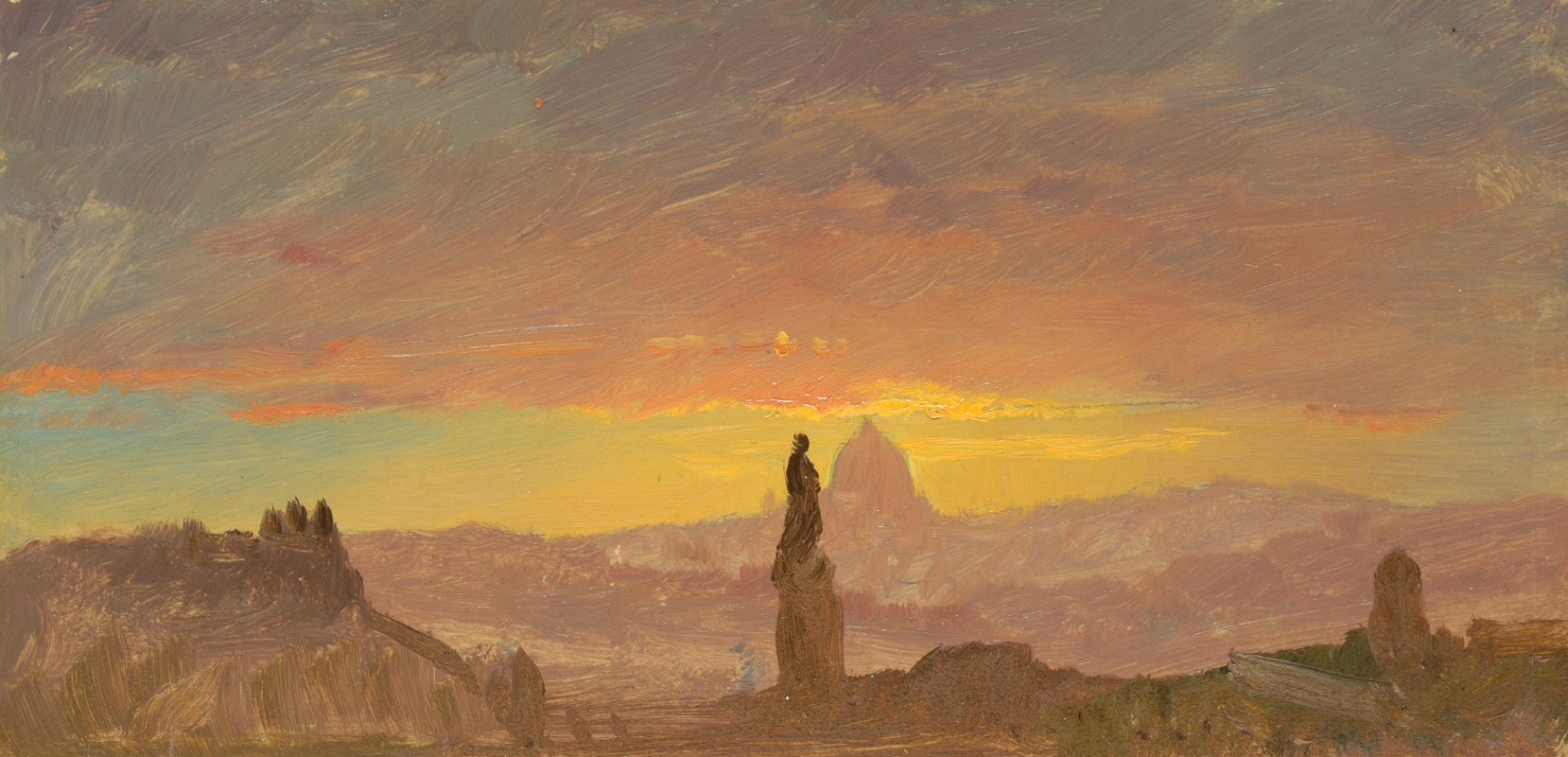
St. Peter’s, Rome
A hand-painted replica of Frederic Edwin Church’s masterpiece St. Peter’s, Rome, meticulously crafted by professional artists to capture the true essence of the original. Each piece is created with museum-quality canvas and rare mineral pigments, carefully painted by experienced artists with delicate brushstrokes and rich, layered colors to perfectly recreate the texture of the original artwork. Unlike machine-printed reproductions, this hand-painted version brings the painting to life, infused with the artist’s emotions and skill in every stroke. Whether for personal collection or home decoration, it instantly elevates the artistic atmosphere of any space.
Frederic Edwin Church, a prominent American landscape painter of the 19th century, is well-known for his detailed and grand depictions of natural and architectural wonders. Among his works, "St. Peter’s, Rome" stands as a testament to his skill in capturing the essence of iconic landmarks. Painted in 1871, this artwork reflects Church's fascination with the grandeur and historical significance of St. Peter's Basilica, one of the most renowned architectural feats in the world.
Church was a central figure in the Hudson River School, a group of American landscape painters who were inspired by the natural beauty of the United States. However, his interests were not confined to the American landscape alone. Church was an avid traveler, and his journeys took him to various parts of the world, including Europe, the Middle East, and South America. These travels greatly influenced his work, allowing him to bring a global perspective to his art.
"St. Peter’s, Rome" was created during a period when Church was exploring themes beyond the American wilderness. The painting captures the majestic façade of St. Peter's Basilica, the heart of the Vatican and a masterpiece of Renaissance architecture. The basilica is one of the largest churches in the world and holds significant religious importance as the burial site of Saint Peter, one of the twelve apostles of Jesus and the first Pope of the Catholic Church.
In this painting, Church employs his characteristic attention to detail and use of light to highlight the architectural beauty of the basilica. The composition likely includes the iconic dome designed by Michelangelo, which dominates the skyline of Rome. Church’s use of light and shadow would have been instrumental in conveying the grandeur and spiritual significance of the site.
Church's depiction of St. Peter’s Basilica is not merely an architectural study; it also reflects the cultural and historical richness of Rome. By choosing such a subject, Church aligns himself with the tradition of artists who sought to capture the essence of the world's great monuments. His work serves as a bridge between the American landscape tradition and the broader artistic movements of Europe.
The painting was created during a time when Church was dealing with personal challenges, including health issues and the loss of family members. Despite these difficulties, he continued to produce art that resonated with his audience. "St. Peter’s, Rome" is a reflection of his enduring commitment to capturing the beauty and complexity of the world around him.
Today, Frederic Edwin Church is celebrated for his ability to convey the majesty of both natural and man-made wonders. His works, including "St. Peter’s, Rome," continue to be studied and admired for their technical brilliance and their ability to transport viewers to the places they depict. Church's legacy as a painter who could transcend geographical boundaries and bring the world to his canvas remains influential in the history of American art.





